I conducted an experiment, in which participants (n=44) experienced different tones ranging from low to high (x-axis) and rated their perceived liking from 1- low to 10 - high(y-axis).
I created line charts for each participant. Just by looking at them, I think the resulting curves could be grouped into two to three groups. The first group only shows one major change in the perception during the experiment:

The second group shows a gradual development, which takes place over three to four tones and continues up to the lowest tone presented
 .
.
The third group also shows a gradual development, but the development stabilizes :

However the observed change does not always happen at the tone "4", but the pattern of the curve can still be matched to one of the three groups.
I would now like to back that "visual" assessment up by performing a statistical test or classification. However, I do not know, which method would be suitable for my question.
Are there any suggestions, what method or test can be performed to assess (i) how many groups can be derived and (ii) which participants than can be assigned to which group?
Data sample:
Group 1:
n1 = 10, 10, 10, 10, 6, 6, 6
n2 = 10, 10, 10, 10, 5, 5, 5
n3 = 10, 10, 10, 10, 5, 5, 5
n4 = 10, 10, 10, 6, 6, 6, 6
n5 = 10, 10, 10, 5, 5, 5, 5
Group 2:
n1 = 10, 10, 10, 7, 6, 4, 2
n2 = 10, 10, 10, 8, 6, 4, 3
n3 = 10, 10, 8, 7, 5, 4, 3
n4 = 10, 10, 10, 8, 6, 4, 3
n5 = 10, 10, 10, 8, 5, 4, 2
Group 3:
n1 = 10, 10, 10, 10, 8, 6, 6
n2 = 10, 10, 10, 10, 7, 5, 5
n3 = 10, 10, 10, 8, 5, 5, 5
n4 = 10, 10, 10, 8, 4, 4, 4
n5 = 10, 10, 10, 7, 5, 5, 5